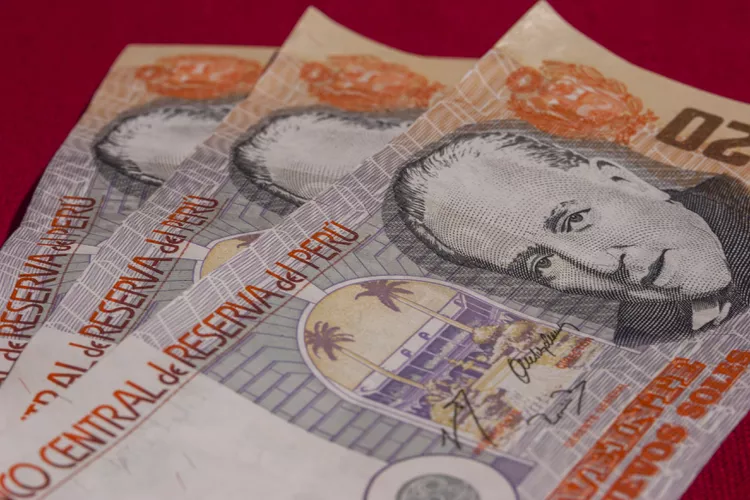1. Overview of the Peruvian Sol
The Peruvian sol, abbreviated as PEN, is the national currency of Peru. The current exchange rate generally favors the American dollar, making it advantageous for travelers. As of February 2019, $1 USD equals approximately 3.32 PEN.
2. Brief History of the Sol
In response to economic instability and hyperinflation during the 1980s, the Peruvian government introduced the sol to replace the previous currency, the inti. The first coins entered circulation on October 1, 1991, and the first banknotes followed on November 13, 1991.
3. Peruvian Sol Coins
The sol is divided into céntimos, where S/.1 equals 100 céntimos. Coins of 1 and 5 céntimos are still in circulation but rarely used outside Lima. The highest denomination is the S/.5 coin.
All coins feature the National Shield on one side and the words “Banco Central de Reserva del Perú.” The reverse displays the denomination and a unique design. For instance, the 10 and 20 céntimo coins depict motifs from the archaeological site of Chan Chan, while the S/.5 coin showcases the Nazca Lines Condor geoglyph.
Notably, the S/.2 and S/.5 coins are bimetallic, characterized by a copper-colored core and a steel band.
4. Peruvian Sol Banknotes
Peruvian banknotes are available in denominations of 10, 20, 50, 100, and 200 soles. Most ATMs dispense S/.50 and S/.100 banknotes, with occasional S/.20 notes. Each note features a prominent historical figure on one side and a significant location on the reverse.
As of the latter half of 2011, a new series of banknotes was introduced by the Banco Central de Reserva del Perú. While the notable figures remained constant, the reverse images and overall designs underwent changes. Common Peruvian notes include:
- S/.10 – Air Force Lieutenant José Abelardo Quiñones Gonzales with Machu Picchu on the reverse.
- S/.20 – Historian Raúl Porras Barrenechea with the Chan Chan archaeological site shown on the reverse.
- S/.50 – Writer Abraham Valdelomar Pinto, with Chavín de Huantar on the reverse.
- S/.100 – Historian Jorge Basadre Grohmann with Gran Pajatén depicted on the reverse.
- S/.200 – Saint Rose of Lima with the archaeological site of Caral-Supe on the reverse.
5. Central Bank of Peru
The Banco Central de Reserva del Perú (BCRP) serves as the central bank responsible for minting and distributing all forms of currency in Peru.
6. Counterfeit Money in Peru
Counterfeiting remains a significant concern in Peru, necessitating caution while handling currency. It is essential to familiarize yourself with the appearances and features of legitimate coins and banknotes. Pay attention to security features present in both new and old notes, such as watermarks located in the upper left corner, which help prevent counterfeiting.
7. Damaged Peruvian Currency
While businesses tend to reject damaged notes, there are provisions for their exchange. According to the BCRP, if more than half of a banknote is intact and at least one numerical value is recognizable, it can be exchanged at banks. However, if major security features are missing, the note must be exchanged at the Casa Nacional de Moneda (National Mint) or authorized branches only.




